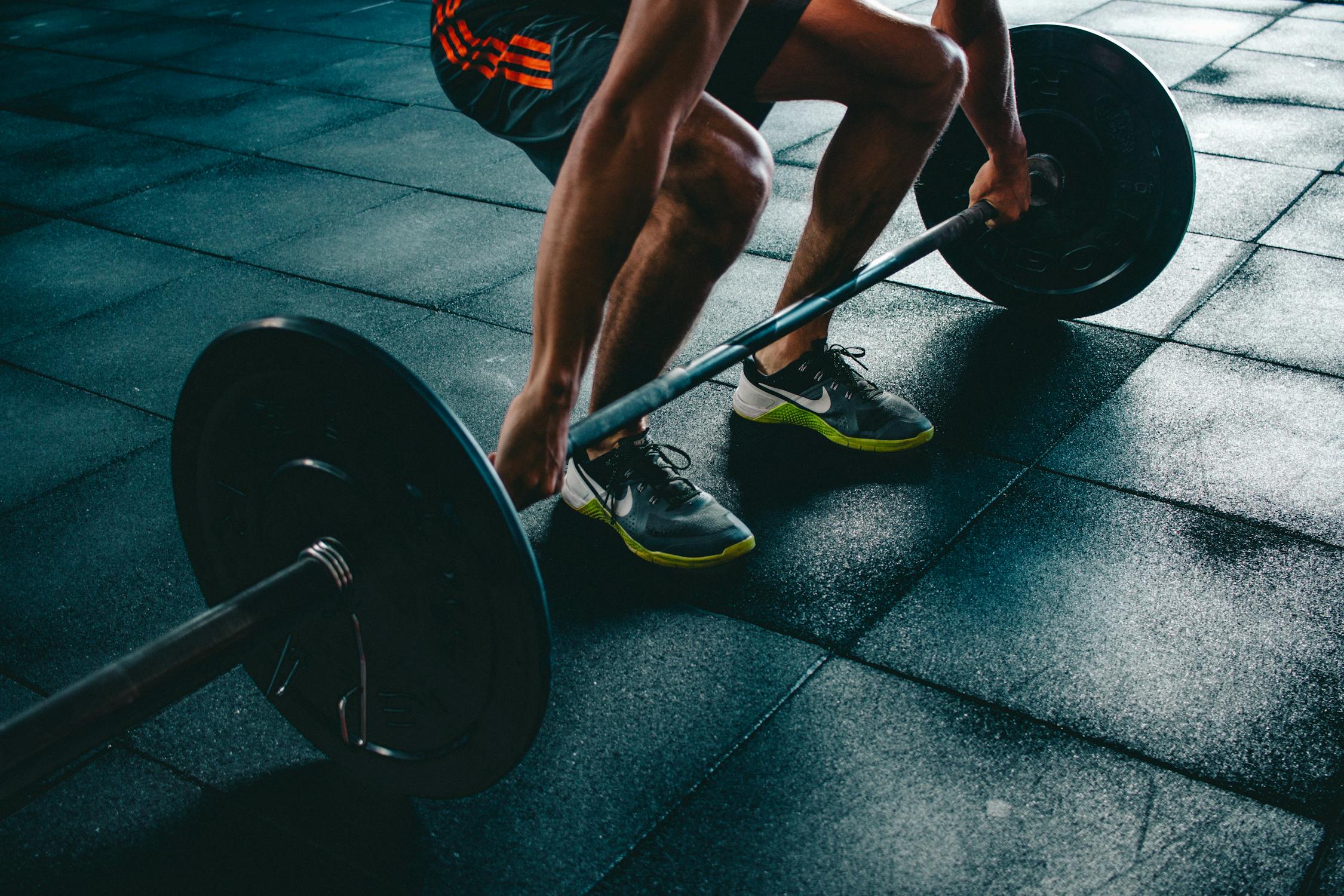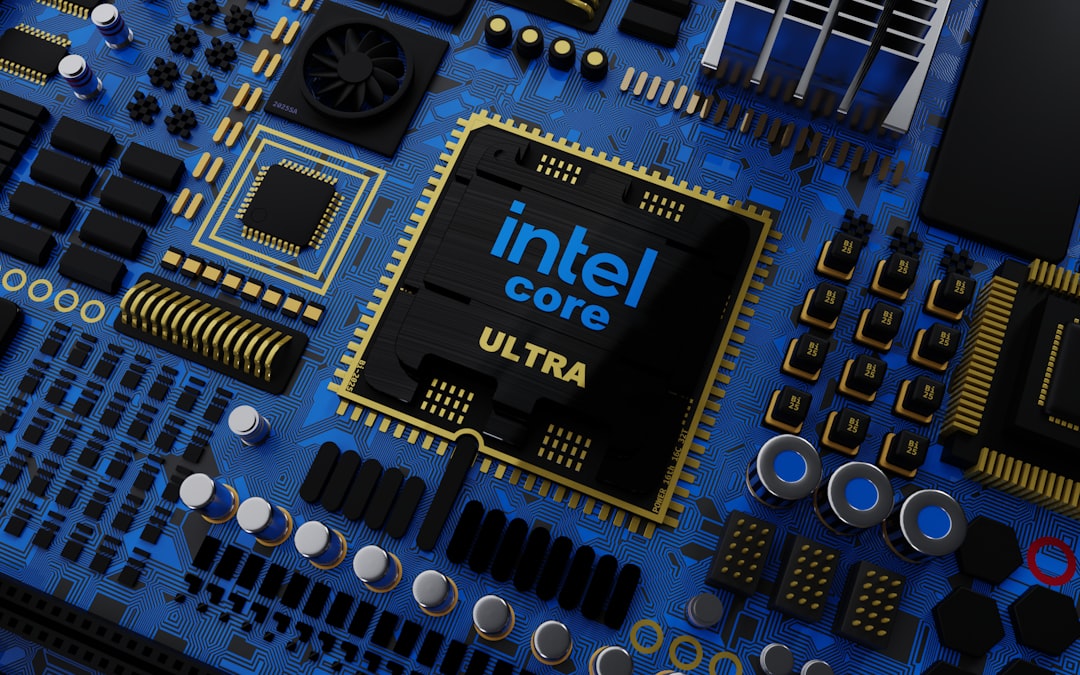In the world of fitness and health, terms like “core” and “abs” are often used interchangeably, leading to widespread confusion. While both are crucial for a strong physique and overall well-being, they are distinct in their anatomy, function, and training implications. Understanding this difference is not just academic; it’s fundamental to achieving effective workouts, preventing injuries, and improving daily functional movement.
This article will demystify the relationship between core muscles and abdominal muscles. We’ll delve into their unique roles, compare their functions, and explain why differentiating between them is vital for anyone looking to optimize their fitness journey. By the end, you’ll have a clear understanding that will empower you to train smarter, not just harder.
Understanding the Core Muscles
The “core” is far more than just your “six-pack.” It’s a complex group of muscles that form a muscular corset around your spine and pelvis. These muscles are primarily responsible for stabilizing your trunk, maintaining posture, and transferring power between your upper and lower body. Think of your core as the central powerhouse from which all movement originates.

What is the Core?
The core refers to the deep muscles of the abdomen, back, and pelvis that work together to provide stability to the spine and pelvis. These muscles act as a foundation, allowing for efficient movement of the limbs. Without a stable core, even simple actions like walking or lifting can become inefficient and potentially lead to injury.
Key Core Muscles
The core musculature includes several key players, each contributing to overall stability and function:
- Transverse Abdominis (TVA): The deepest abdominal muscle, acting like a natural weightlifting belt to compress the abdominal contents and stabilize the spine.
- Multifidus: Small, deep muscles along the spine that provide segmental stability to individual vertebrae.
- Pelvic Floor Muscles: Support the pelvic organs and contribute to core stability from below.
- Diaphragm: The primary muscle of respiration, which also plays a role in intra-abdominal pressure and core stability.
- Internal and External Obliques: While also considered abdominal muscles, their deeper fibers contribute significantly to core stability and rotational control.
- Erector Spinae: A group of muscles running along the spine that help extend and stabilize the back.
For a deeper dive into the anatomy of the core, consider exploring resources from reputable academic institutions. For instance, the National Library of Medicine provides detailed insights into core stability and its muscular components.
Defining the Abdominal Muscles (Abs)
When most people talk about “abs,” they are typically referring to the superficial muscles of the abdomen, particularly the rectus abdominis, which forms the coveted “six-pack.” These muscles are primarily involved in movement, such as bending forward (trunk flexion), twisting, and lateral bending.

What are the Abs?
The abdominal muscles are a group of muscles located on the front and sides of the trunk. Their main functions include protecting the internal organs, assisting in breathing, and facilitating various trunk movements. While they contribute to core stability, their primary role is dynamic movement.
Key Abdominal Muscles
The main abdominal muscles include:
- Rectus Abdominis: The “six-pack” muscle, responsible for flexing the spine (e.g., crunches).
- External Obliques: Located on the sides, they assist in trunk rotation and lateral flexion.
- Internal Obliques: Lying beneath the external obliques, they also aid in trunk rotation and lateral flexion, working synergistically with the external obliques on the opposite side.
- Transverse Abdominis (TVA): As mentioned, this deepest abdominal muscle is also a key core muscle, but it’s part of the overall abdominal wall structure.
Core vs. Abs: A Functional Comparison
The fundamental difference between the core and the abs lies in their primary function: stability versus movement. While they are anatomically intertwined and work together, understanding their distinct roles is crucial for effective training and injury prevention.
Primary Roles
- Core Muscles: Primarily act as stabilizers. They create a rigid base for your limbs to move from, protecting your spine and ensuring efficient force transfer. Think of them as the foundation of a house.
- Abdominal Muscles: Primarily act as movers. They are responsible for the visible movements of your trunk, such as bending, twisting, and crunching. These are the walls and roof of the house.
Interconnectedness
It’s important to note that these muscle groups do not work in isolation. A strong core provides the stable platform from which the abdominal muscles can perform their movements more powerfully and safely. Conversely, strong abdominal muscles can contribute to overall trunk stability, especially during dynamic actions. They are a team, but with different primary responsibilities.
Key Takeaway: While the “abs” are part of the “core” in a broader anatomical sense, the term “core” emphasizes the deeper, stabilizing muscles, whereas “abs” typically refers to the more superficial, movement-oriented muscles.
Why Differentiate? Implications for Training
Understanding the distinction between core and abs is vital for designing an effective and balanced fitness routine. Simply doing crunches won’t give you a strong core, just as only doing planks might not give you visible abs.
Training for Core Stability
Core training focuses on exercises that challenge your ability to maintain a stable spine and pelvis against external forces or during limb movement. These exercises often involve isometric holds or controlled movements that emphasize bracing and anti-rotation.
- Planks: Engage the entire core to resist gravity and maintain a straight line.
- Bird-Dog: Challenges stability while moving opposing limbs.
- Dead Bug: Focuses on maintaining spinal neutrality while moving limbs.
- Pallof Press: Targets anti-rotation, engaging obliques and transverse abdominis.

Training for Abdominal Strength & Aesthetics
Abdominal training, on the other hand, typically involves exercises that cause visible movement of the trunk, aiming to strengthen the muscles responsible for flexion, rotation, and lateral flexion. These exercises are often performed with higher repetitions to build endurance and hypertrophy (muscle growth) for aesthetic purposes.
- Crunches: Target the rectus abdominis for spinal flexion.
- Leg Raises: Engage the lower abs and hip flexors.
- Russian Twists: Work the obliques for rotational strength.
- Bicycle Crunches: Combine flexion and rotation, engaging both rectus abdominis and obliques.
“A strong core is the foundation for all movement, while strong abs provide the power and definition. Neglecting one for the other can lead to imbalances and potential injury.”
The Synergy of Core and Abs for Overall Health
Optimizing both core stability and abdominal strength leads to a more resilient body, capable of performing daily tasks and athletic endeavors with greater efficiency and reduced risk of injury. They are two sides of the same coin, each contributing uniquely to your physical well-being.
Injury Prevention
A strong and stable core is paramount for preventing lower back pain, which affects a significant portion of the adult population. By providing a stable base, core muscles reduce excessive strain on the spine during movement. Strong abs also help support the trunk, further contributing to spinal health.
Enhanced Performance
From lifting heavy objects to swinging a golf club or running, almost every physical activity benefits from a strong core. It allows for efficient transfer of power from the lower body to the upper body and vice versa. Strong abs contribute to powerful rotational movements and explosive actions.
Posture and Balance
Both core and abdominal muscles play a critical role in maintaining good posture and balance. The deep core muscles help keep your spine aligned, while the abdominal muscles assist in holding your trunk upright. This synergy is essential for preventing slouching and improving overall body mechanics.

Visualizing the Distinction: Core vs. Abs
To further clarify the differences, here’s a simple comparison table:
| Feature | Core Muscles | Abdominal Muscles (Abs) |
|---|---|---|
| Location | Deep, surrounding spine and pelvis (e.g., TVA, multifidus, pelvic floor) | Superficial, front and sides of trunk (e.g., Rectus Abdominis, External Obliques) |
| Primary Function | Spinal and pelvic stability, posture, power transfer | Trunk movement (flexion, rotation, lateral flexion), organ protection |
| Training Focus | Isometric holds, anti-movement, bracing (e.g., planks, dead bugs) | Dynamic movements, hypertrophy (e.g., crunches, leg raises) |
| Visibility | Generally not visible externally | Can be visible (“six-pack”) with low body fat |
Further Resources for Your Fitness Journey
To deepen your understanding and enhance your training, consider exploring these reliable resources:
- ACE Fitness: Core Strength and Stability – Provides practical insights into core training principles from a leading fitness organization.
- Harvard Health Publishing: The Real-World Benefits of Strengthening Your Core – Explains why a strong core is essential for daily life and injury prevention.
Conclusion: Train Smart, Live Strong
The distinction between core muscles and abdominal muscles is more than just semantics; it’s a critical concept for anyone serious about their fitness and health. While your “abs” are the visible muscles that contribute to movement and aesthetics, your “core” encompasses a deeper, more comprehensive system of muscles vital for stability, posture, and injury prevention.
By understanding their unique roles, you can design a more effective workout regimen that addresses both aspects. Focus on core stability exercises to build a strong foundation, and incorporate abdominal exercises to enhance movement and achieve definition. A balanced approach will lead to a more functional, resilient, and aesthetically pleasing physique.
Ready to Transform Your Training?
Now that you understand the difference, how will you adjust your fitness routine to incorporate both core stability and abdominal strength? Share your thoughts and favorite exercises in the comments below!
